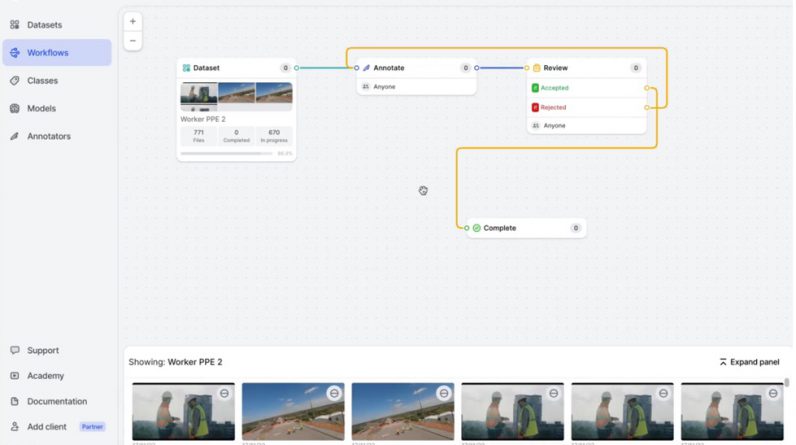By N Shashidhar
Companies are investing heavily in transformation initiatives, yet many of these efforts need to catch up to their goals. The reasons often include organizational silos, suboptimal technology investments, and the complexity of legacy systems. However, a deeper issue lies in the inability to adapt to an ever-changing and increasingly complex environment. The rise of artificial intelligence (AI) and AI-driven transformations highlights this resistance to evolution.
As we enter a new era dominated by AI, the pace of change is set to accelerate. Understanding the shift in work dynamics is crucial for businesses to navigate an AI-driven transformation successfully. Embracing a platform-based strategy can effectively facilitate collaboration between humans and AI. This strategic shift allows organizations to explore new growth opportunities and innovate. Such an approach ensures seamless integration with existing systems, minimizing disruption and maximizing the benefits of AI.
Navigating ethical considerations
The integration of AI into the workplace brings significant transformations, but it also raises ethical concerns. Issues such as bias, discrimination, and the impact on employment and job security are critical considerations. Developing and deploying AI ethically, focusing on fairness, transparency, and accountability, is essential.
Technology has constantly disrupted industries, creating new challenges and opportunities. AI follows this pattern, and it is essential to approach its impact on workers with a balanced perspective. While AI can automate specific tasks, it also creates new jobs, particularly in data science and machine learning. Viewing AI as a complement to human workers rather than a replacement is essential.
Enhancing human capabilities
A study by Forrester Consulting, commissioned by EdgeVerve, reveals that large enterprises and IT leaders are increasingly adopting an AI-driven approach to digital transformation. These leaders aim to enhance employee potential and experience, with 64% identifying the integration of human and AI capabilities as a core need for their digital initiatives.
Businesses must embrace new capabilities in AI, automation, and digital operating models. This shift allows AI to handle routine tasks, enabling humans to focus on more meaningful interactions with customers, employees, and partners. By providing actionable insights and decision-support tools, this collaborative approach amplifies human potential in several ways:
- Simplifying Learning: AI-enhanced user interfaces reduce the learning curve, minimizing training requirements and boosting productivity. This accelerates the onboarding process for new technologies and allows employees to refine skills requiring human intuition and expertise, enhancing job satisfaction and business performance.
- Boosting Productivity: Companies can automate content creation using GenAI models like GPT-4, saving time and increasing productivity. By automating mundane processes, AI empowers employees to contribute more significantly to organizational goals.
- Driving Innovation: Automated data acquisition and AI-powered data harmonization enable employees to focus on high-value tasks, reducing manual errors. This synergy between human creativity and AI efficiency fosters groundbreaking innovations, driving organizations toward success.
An example of this approach in action is a telecom operator who struggled with manually reviewing numerous mobile tower lease contracts. By adopting an AI-powered platform, employees could quickly and accurately extract contract clauses and focus on mitigating hidden risks identified by the platform, leading to substantial cost savings.
Unsurprisingly, enterprises focused on augmenting human potential are more resilient and capable of maximizing the value of AI-led transformations. According to Forrester’s study, 72% of firms in advanced stages of digital transformation view connecting human and AI capabilities as essential for their initiatives. Combining human resilience and creativity with AI’s efficiency and accuracy will strengthen enterprises, providing significant value.
The path to a collaborative future
A people-first, technology-driven transformation is essential for businesses aiming for unprecedented levels of innovation and excellence. The narrative around AI and automation is shifting from job replacement to augmenting human capabilities. Instead of fearing job displacement, employees can embrace the opportunities that AI presents.
Modern AI-powered platforms foster a work environment where humans and AI complement each other’s strengths. As AI manages routine tasks, employees can focus on activities requiring emotional intelligence, complex problem-solving, and creative thinking. This leads to a more harmonious, fulfilling, and human-centered future of work.
(The author is N Shashidhar, VP, Global Platform Head, Edge Platforms, EdgeVerve, and the views expressed in this article are his own)





